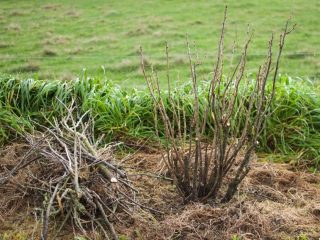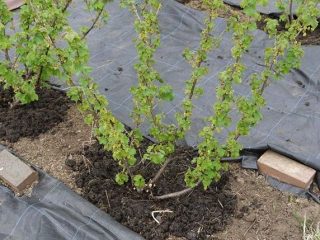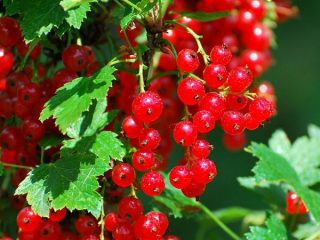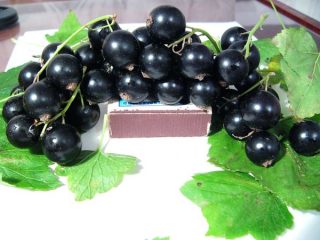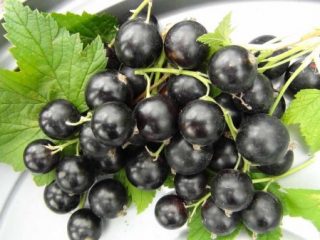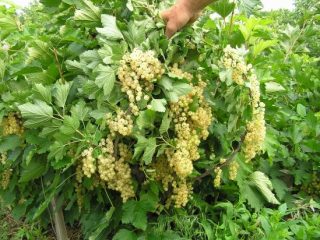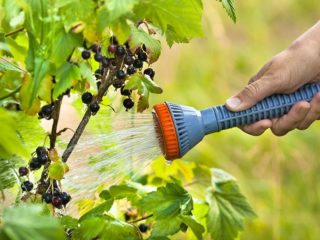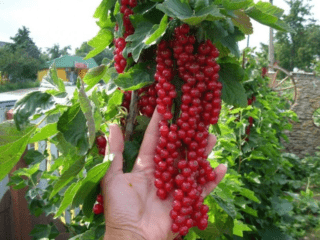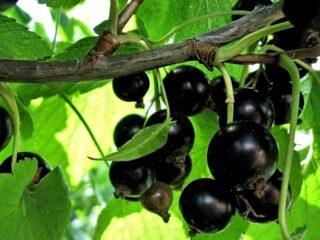Content
Red currant Andreichenko is a time-tested variety of fruit shrub that is widely popular among gardeners. Its unpretentiousness to care and high yield allow it to remain relevant to this day and successfully compete with new types of crops. But in order for the shrub to remain productive for many years, it is necessary to plant it correctly and provide optimal growing conditions, taking into account the basic requirements of the crop.
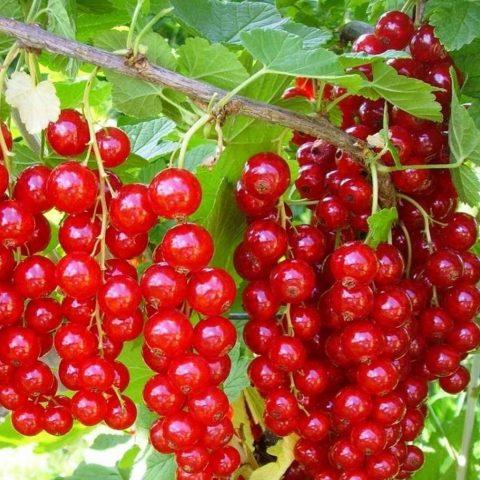
Red currant Andreichenko is resistant to shedding
History of selection
This fruit shrub was bred at the Novosibirsk Experimental Station named after. Michurina. Red currant Andreichenko was obtained as a result of open pollination of the Red Cross variety. After careful selection, a seedling with stable characteristics was isolated, characterized by stable high yield and increased resistance to common crop diseases.
An application for variety testing was submitted in 1985, and two years later Andreichenko’s red currant was included in the State Register. This fruit shrub is recommended for cultivation in the central and northern regions of the country.
Description of the red currant variety Andreichenko
This variety has characteristic differences in the appearance of the bush and berries. Knowing these features, you can accurately determine the species of the plant.
Bush
The Andreichenko variety is characterized by tall bushes, up to 1.5 m in height. The currant crown is medium spreading with a diameter of about 1.2 m, round in shape. The shoots are thickened, strong, and can easily withstand the load of the harvest. They are upright growing, dark orange in color, with a smooth matte surface, and the tops are gray-green. As they ripen in the fall, the shoots become brown.
The leaves of red currant Andreichenko are five-lobed, medium in size with a pointed tip. They have slight serration along the edge. The surface of the plates is glossy, slightly wrinkled, light green in color, and on the reverse side it is covered with a short edge in the area of the veins.
The flowers of the shrub are small, reddish-brown in color, collected in clusters. The buds open almost simultaneously.
Berries
The fruits of this currant have a regular round shape, weighing 0.7-1.2 g, and are bright red in color. They are collected in dense clusters, at the ends of which the berries are slightly smaller. The pulp is juicy and contains large seeds. The skin is thin but dense, so the crop tolerates transportation well without loss of marketable qualities.
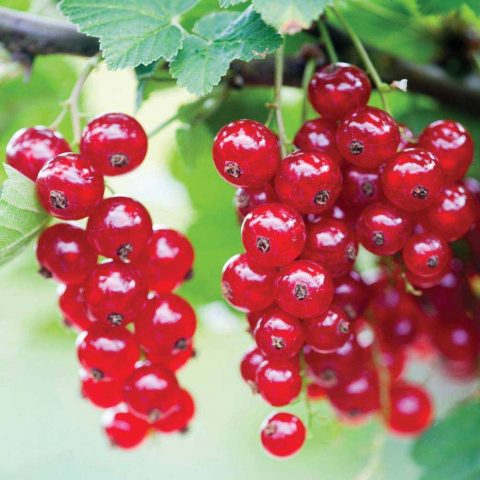
The fruits in the cluster ripen simultaneously
Characteristics of the variety
To successfully grow this fruit shrub, you need to know its basic characteristics. This information can also be used to compare the productivity of the species with other crop varieties.
Taste qualities
Andreichenko's red currant is distinguished by its high consumer properties of berries. Its fruits have a pleasant dessert taste, in which sweetness and a small amount of sourness are felt. The vitamin C content in fruits is 23 mg per 100 g of fresh product.
Ripening time
The Andreichenko variety is mid-season. The harvest reaches harvest maturity in the second ten days of July. However, depending on the growing region, these dates may shift slightly.
Productivity of red currant Andreichenko
The species is consistently high-yielding. This means that the bush blooms and produces large quantities of fruits every year. Moreover, to maintain high productivity, the shrub does not require close proximity to other pollinating varieties, since it is self-fertile. The yield of the species is 7-12 kg per plant.
Frost resistance
Red currant of this variety is characterized by a high level of frost resistance. The shrub tolerates temperatures down to -40 °C well, without loss of yield. The flower buds of the plant are also little susceptible to spring frosts, so sudden temperature changes during their blooming period do not affect the yield of the bush.
Disease resistance
Andreichenko currants have absolute immunity to powdery mildew and spotting. But the shrub is susceptible to anthracnose and septoria.Therefore, to maintain high productivity of the species, one should not neglect preventive treatments of bushes in early spring, after fruiting and in the fall with fungicides.
Advantages and disadvantages
Red currant of this variety has many advantages compared to other types of crops. But it also has certain disadvantages that need to be taken into account.
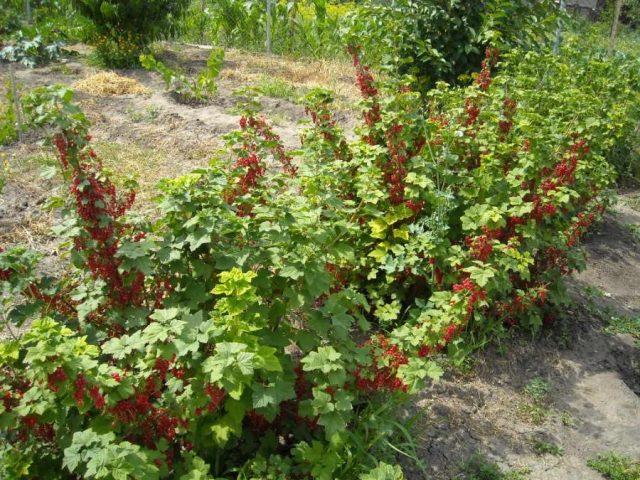
Andreichenko begins to bear fruit in the second year after planting
Main advantages:
- self-fertility;
- excellent consumer properties of berries;
- versatility of application;
- possibility of transportation and storage;
- resistance to shedding;
- stable yield;
- accelerated growth rate;
- high life potential.
Flaws:
- not suitable for southern regions;
- needs protection from certain diseases and pests;
- requires regular updating of bushes.
Landing rules
For Andreichenko red currants, it is recommended to choose sunny, open areas. It is important that the bush is protected from cold gusts of wind. The variety is undemanding in terms of soil composition, but the best option for it is fertile loam, which guarantees maximum yield. In an area intended for fruit bushes, the groundwater level must be at least 1 m.
The place for planting this red currant needs to be prepared at least two weeks in advance. To do this, you need to dig up the area and remove the roots of perennial weeds. After this, you need to make a hole measuring 60 by 60 cm. At the bottom of it you need to put a 10 cm layer of drainage, and the rest of the volume should be filled with a nutrient substrate consisting of turf, humus, peat and sand in a ratio of 2:1:1:1.It is also additionally recommended to add 40 g of superphosphate and 25 g of potassium sulfide per plant. Fertilizers should be thoroughly mixed with the soil to avoid burns to the roots.
Planting Andreichenko currants should be carried out according to the standard scheme. After this, the root collar of the shrub should be buried 3-4 cm into the soil, which promotes crown growth.
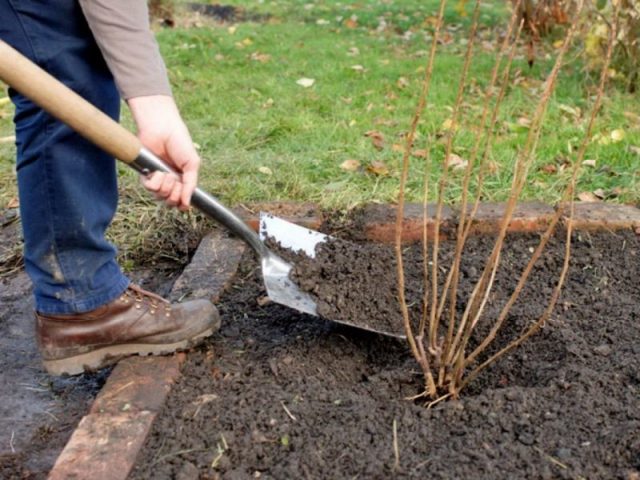
The Andreichenko variety can be planted in spring and autumn, depending on the climate of the region
Caring for red currants Andreichenko
This type of crop does not require care, but following the rules of agricultural technology allows you to grow shrubs for up to 40 years in one place and at the same time regularly get a good harvest.
The Andreichenko variety needs regular watering during dry periods. To moisturize, you can use settled water, which is recommended to be poured at the root. Watering is carried out once a week at the rate of 10-20 liters of liquid per bush.
Also, growing weeds at the base of the plant should be removed throughout the season. And in especially hot periods, it is necessary to lay mulch from humus or peat at the base of the Andreichenko currant to maintain air access to the roots.
You need to fertilize the bush four times a season. The first fertilizing should be done at the beginning of the growing season. For it, you can use chicken manure 1:15 or mullein 1:10, and in their absence, ammonium nitrate 30 g per 10 liters of water.
In the future, fertilizers should be applied immediately after flowering, at the stage of fruit formation and after harvesting. For this you can use potassium sulfide 25-50 g and superphosphate 40-80 g.Granular fertilizers should be scattered in the root circle and then incorporated into the soil. Fertilize after rain or watering.
Pruning red currants Andreichenko
This red currant needs formative and sanitary pruning. In the first case, it is necessary to remove old branches every three years, leaving no more than 4-5 strong, highly productive shoots. The species also needs regular cleaning of the crown from broken and damaged branches after winter. During pruning, the tops of the shoots cannot be shortened, as this negatively affects the productivity of the crop.
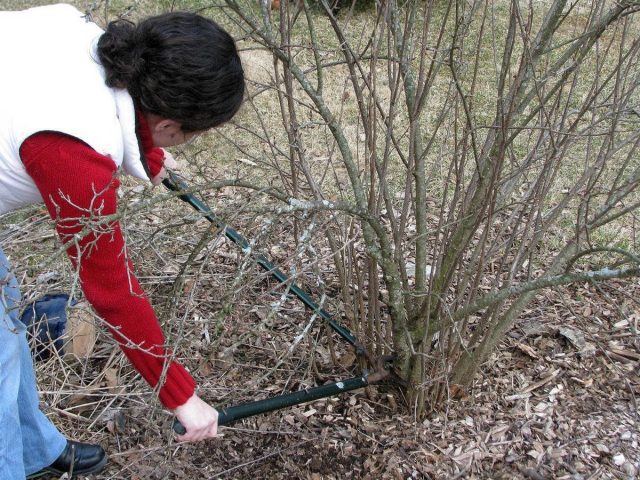
Pruning can be done in early spring or late autumn
Andreichenko red currant bushes need to be rejuvenated every seven years. To do this, they need to be completely cut off at the base, leaving shoots 10 cm long. In this case, it will take a year to restore the bush, but after that it produces the maximum level of productivity.
Conclusion
Red currant Andreichenko fully meets the expectations of gardeners. After all, it is undemanding to growing conditions and is characterized by high productivity, and the berries are of good quality. Therefore, the variety can be found on almost any personal plot in the central and northern regions. After all, both experienced and novice gardeners can cope with its cultivation.
Reviews from gardeners about red currant Andreichenko
https://youtu.be/2bX-Wqvj3Ac
